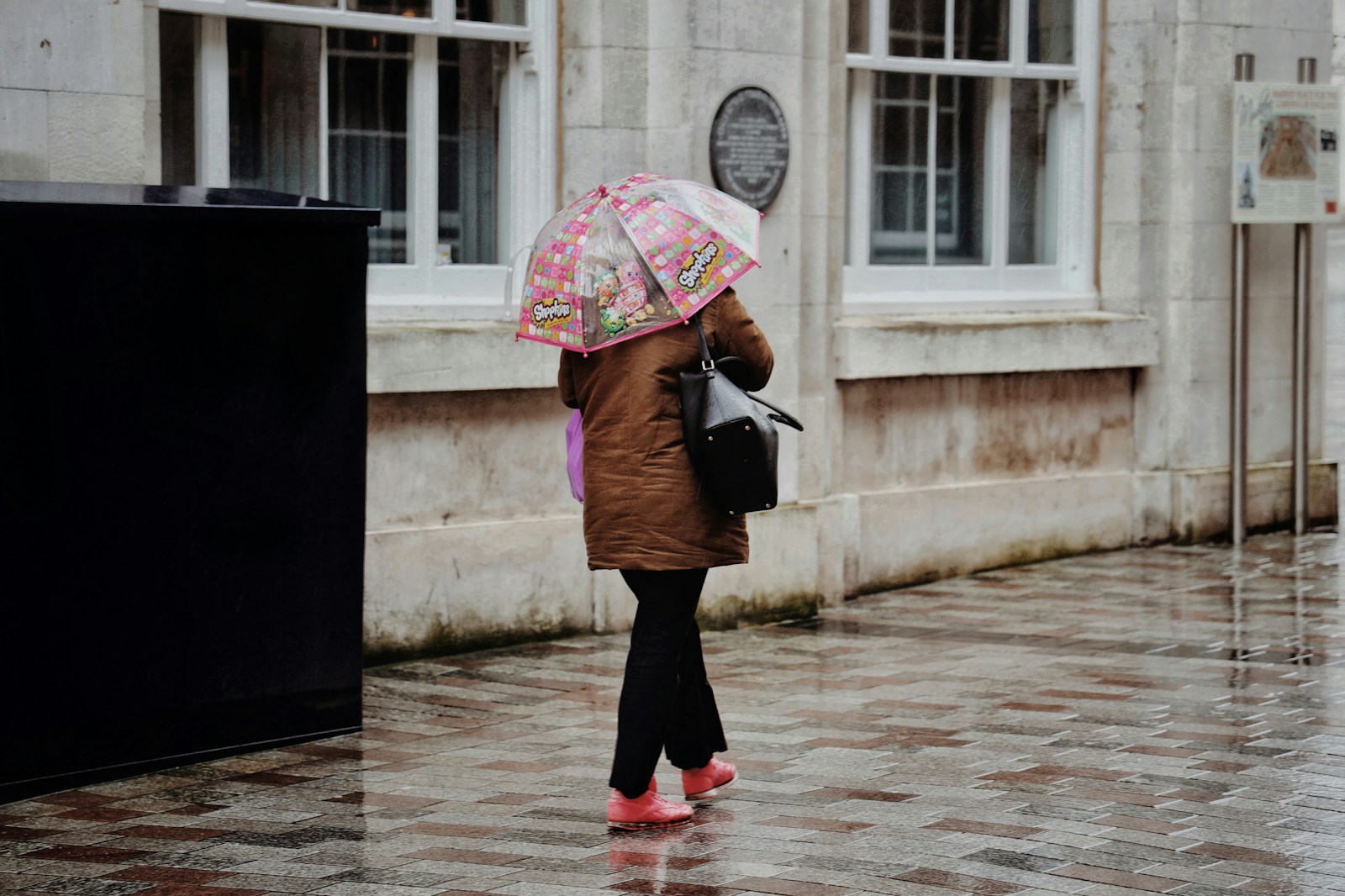
adoquinado

paved
The Spanish term 'adoquinado' translates to 'paved' or 'cobbled' in English. It is often used to describe streets or paths that have been covered, or paved, with cobblestones. These cobbled surfaces are quite common in historical and heritage zones in cities around the world as they are aesthetically pleasing and reminisce of a bygone era.
Example sentences using: adoquinado
El adoquinado en ese callejón es antiguo.

The cobblestone in that alley is old.
This phrase describes the state of the cobblestone in a specific alley, stating that it is old.
Vivo en una calle de adoquinado.

I live on a cobblestone street.
In this example, the speaker describes the type of street they live on, namely one that is paved with cobblestones.
Este camino adoquinado conduce al castillo.

This cobblestone path leads to the castle.
This phrase indicates where a cobblestone path leads to, which in this instance is a castle.
El adoquinado estaba cubierto de nieve.

The cobblestone was covered in snow.
This sentence describes an event where the cobblestone was covered in snow, implying a cold weather or winter season.
El adoquinado añade un toque rústico a la decoración.

The cobblestone adds a rustic touch to the decor.
Here, the speaker talks about how a cobblestone contributes to the aesthetics of a decor by adding a rustic touch.
El adoquinado bajo mis pies se sentía fresco.

The cobblestone under my feet felt cool.
In this example, the speaker describes their sensory perception, narrating how the cobblestone under their feet felt cool.
El diseño del adoquinado era intrincado.

The cobblestone design was intricate.
This sentence describes the complexity or detailed quality of a cobblestone design.
El adoquinado mantiene la autenticidad del lugar.

The cobblestone maintains the authenticity of the place.
The speaker in this phrase is emphasizing how cobblestone can enhance a place's authenticity or originality.
Está elaborado con adoquinado auténtico.

It is made of authentic cobblestone.
Here, the speaker explains that something (possibly a path, street or design etc.) is created using authentic cobblestone.
El adoquinado estaba resbaladizo debido a la lluvia.

The cobblestone was slippery because of the rain.
This example brings attention to the state of the cobblestone after rainfall, which is slippery.